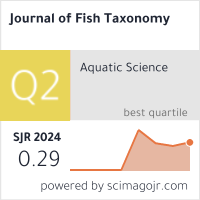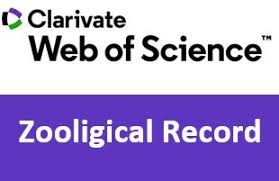Shark infested internet: an analysis of internet-based media reports on rare and large sharks of Turkey
Keywords:
Sharks, Turkey, Internet, Occurrence, Non-destructive methodologyAbstract
Following a survey of the internet-based media sources, 268 specimens of sharks representing 10 families, 16 species, as well as 2 genera, were identified from Turkish seas. The majority of the identified species is composed by the records of the bluntnose sixgill shark, H. griseus (51.8%; 139 out of 268 specimens), and followed by the common thresher (A. vulpinus; 12.6%; n=34), sandbar (C. plumbeus; 8.9%; n=24), shortfin mako (I. oxyrinchus; 6.3%; n=17), and bigeye thresher sharks (A. superciliosus; 5.2%; n=14). The urgent need for a non-invasive and non-destructive method for data collection, legitimating the reasonable use of internet-based media, as a source of data, in the research of sharks, which is also confirmed by the results of the present study. Such an approach in extracting scientific data from the mentioned digital sources requires a certain standardization of best practice. Despite the current weaknesses of such a methodological approach, it can obviously allow an increased research effort at low coast in research of sharks, in a non-destructive way.








